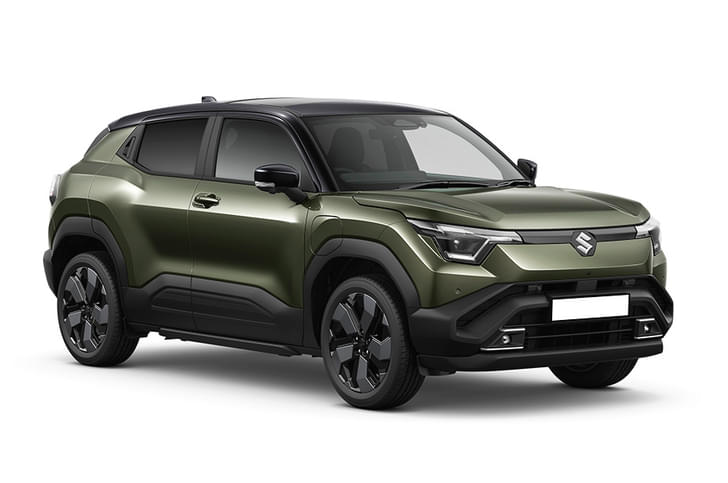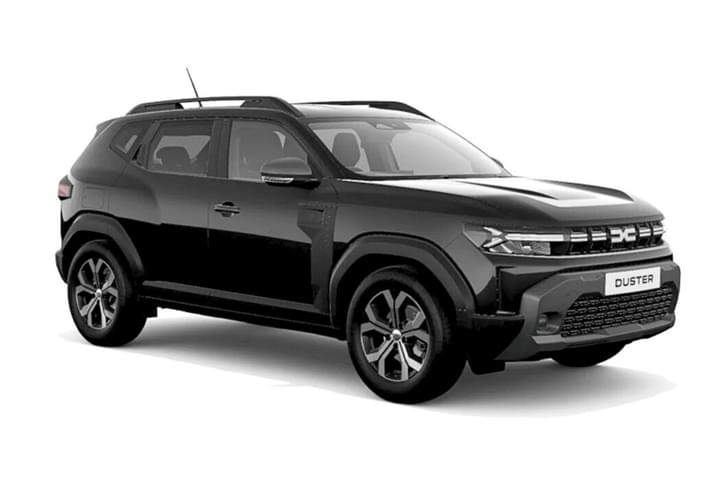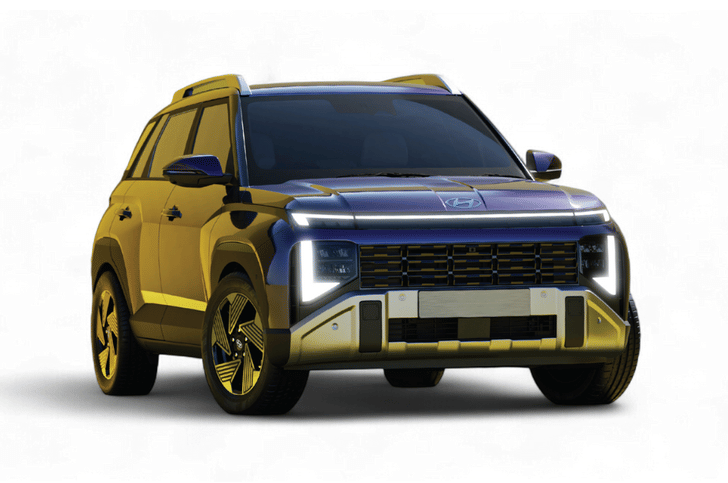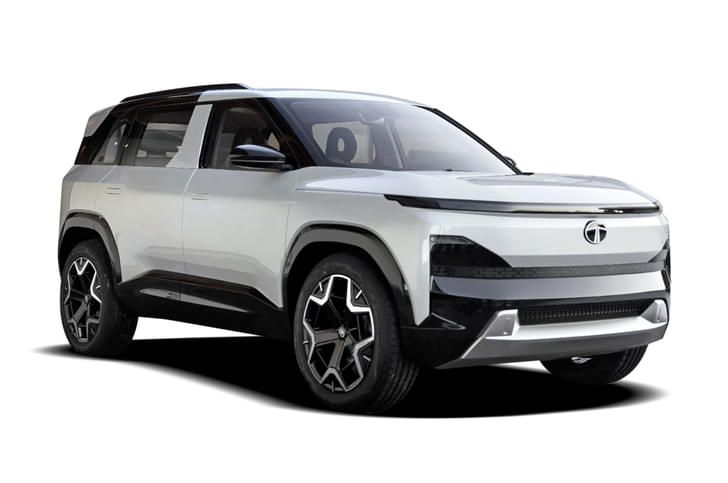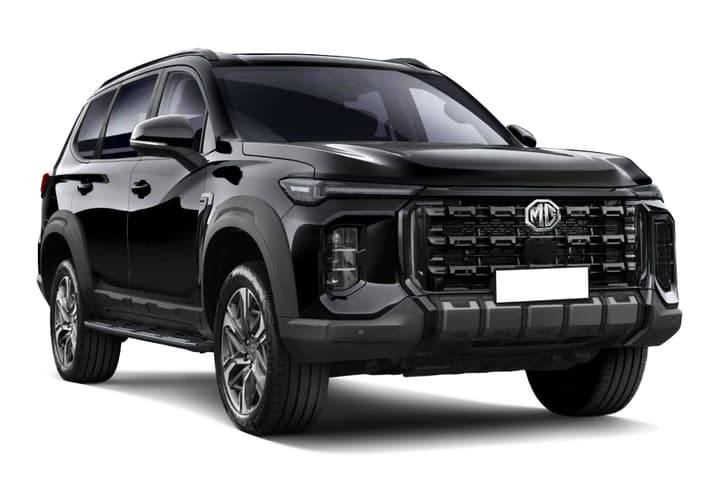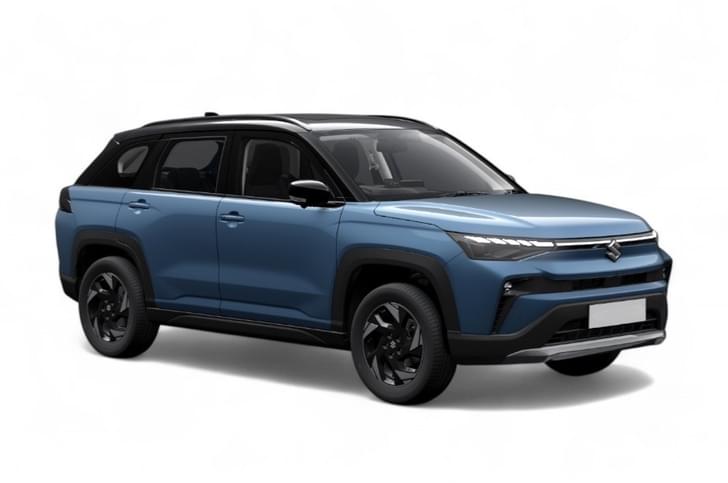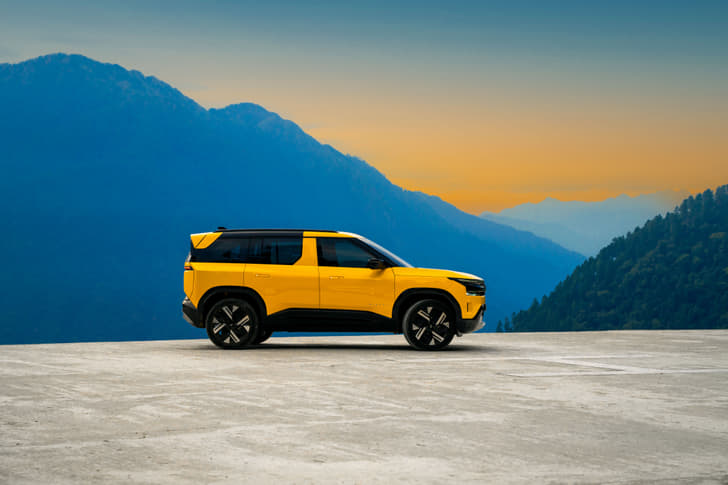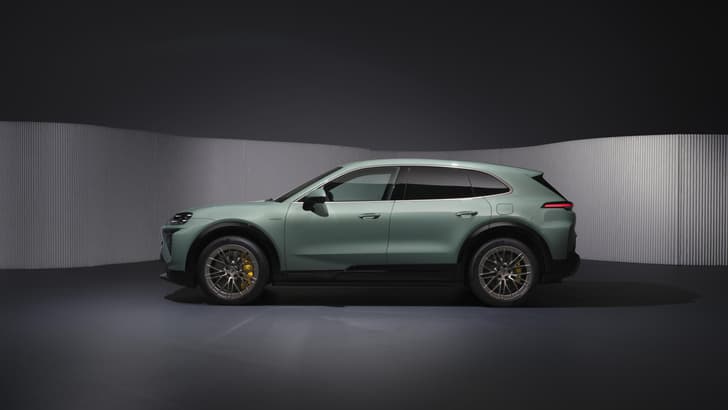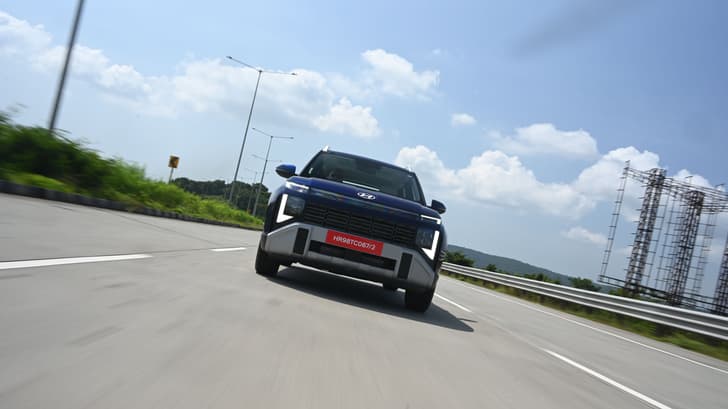Calling the new Eon stylish would be an understatement. Its appearance is so swanky it is really hard to think of it as a budget hatchback. And this sort of sums up Hyundai’s approach with the Eon – to make customers believe they are not buying an ageing product, but a thoroughly modern car that just happens to carry a small price tag. This is not a potshot, but a full-blooded assault at the best-selling car in India, the Maruti Alto
The Eon’s dimensions are nearly identical to the Alto’s, but in terms of styling, it is in a whole different league. Hyundai’s Fluidic Sculpture design language has been brilliantly executed, surfacing is technical and there are a whole host of light-catching creases and lines on the Eon that you just wouldn’t expect on a car this size. Up front, the car resembles other Hyundais thanks to its smart hexagonal grille and large swept-back headlamps. The front bumper has neat recesses for the fog lamps and flows seamlessly into the large wheel arches. The wheels feature smart covers that make them look like alloys. From the side, your attention will be drawn to the bold character line that kinks upwards toward the tail-light. The rear wheel arches are quite pronounced too, but make the rear wheels look small. Rear-end styling is smart with a large windscreen and distinctive crescent-shaped tail-lamps. Shut lines are tight, paint quality is quite good and the build quality is acceptable for a car of this class.
The Eon’s wide-opening doors reveal a smart interior. The lower portions of the dash and door pads are beige on all variants. The hexagonal theme from the car’s frontal styling is carried over to the dashboard as well. The CD player in the dash (available on higher variants) also features AUX and USB connectivity. Just below this, the chunky air-con dials are not only nice to look at but work well too. The large, legible speedometer comes flanked by fuel and engine temperature gauges. The instrument cluster also has a small screen that suggests ideal shift points to obtain the best fuel economy. The Eon comes with a large glovebox and the front door pockets have bottle-holders. Seat comfort is decent and the single- piece front seats provide fair back support, but leave your shoulders unsupported. At the rear, the flat seat back with built-in headrests feels too reclined and taller passengers will be short on shoulder support. Under-thigh support could be better and headroom is quite limited too. Knee room is adequate but overall space is not a patch on the Tata Nano. The Eon’s boot, at 215 litres, is large enough for one big suitcase and you have the option to fold the rear seats forward. However, the loading lip is high and slightly narrow too.
Hyundai has equipped the Eon with a three-cylinder, 814cc engine. In essence, the 1.1-litre motor that powers the i10, minus one cylinder, it gets a counter balancer to keep vibrations in check. Peak power output is 55bhp. The Eon shares its five-speed transmission with the Santro and features a mechanical linkage. Turn the ignition on and the engine settles at a quiet idle. Vibrations are well contained as well. Get going and you’ll hear a typical three-cylinder thrum. Power delivery at low speeds is slightly jerky. Power is adequate to keep up with city traffic but you do need to pre-plan when overtaking bigger vehicles. Although the gearbox is notchy, the clutch is light. Hyundai claims a 21kpl ARAI economy figure for the Eon.
One of the Eon’s strengths is ride quality. The car uses MacPherson struts in front that work in tandem with a torsion beam suspension at the rear. Despite the small-diameter wheels, ride is very absorbent. Slightly firm springs and a long wheelbase also serve to give the Eon good straightline stability on the highway. Handling is good as well, helped largely by the Eon’s very direct EPS unit. City driving requires little effort, thanks to the Eon’s tight turning circle. However, the steering lacks any sort of self-centering action and this can be a concern at highway speeds.
Hyundai is selling the Eon in six variants. Prices start at Rs 2.69 lakh (ex-showroom, Delhi) for the sparsely-equipped D-lite and go up to Rs 3.71 lakh for the top-end Sportz version. A feature-to-feature comparison reveals the Eon is slightly more expensive than the larger-hearted Alto K10. It may not have the space of the Tata Nano or power of the K10, but it does tempt you with its combination of attractive styling, well-built interiors and the promise of great fuel economy. The light controls also make it appealing to first-time car owners. Then there is the reassurance of Hyundai’s wide service network. Most importantly, the Eon is a budget car that you want to buy. Maruti should be very worried.
Also watch: Hyundai Eon video review



























